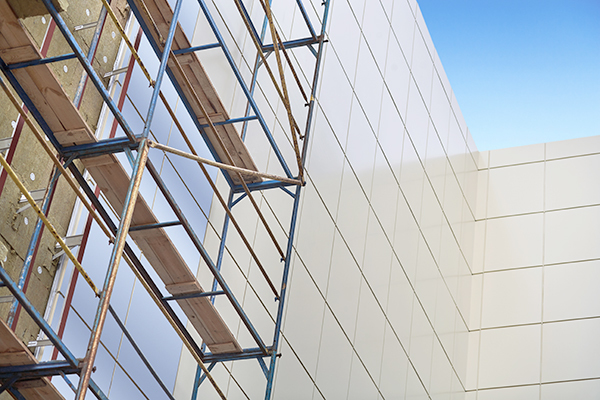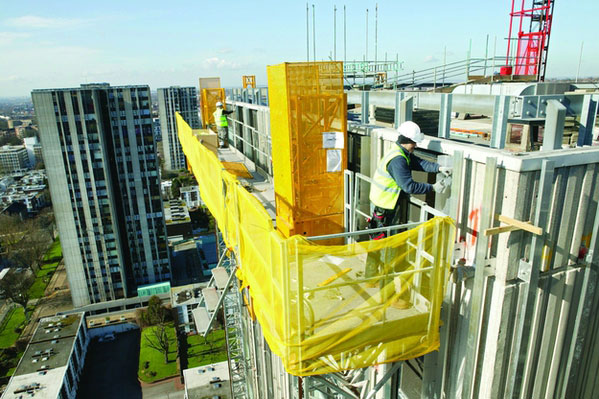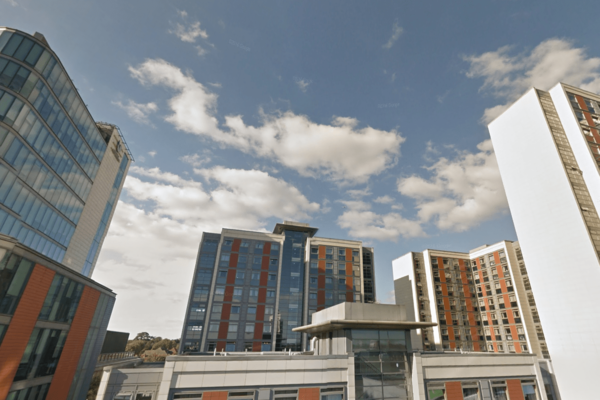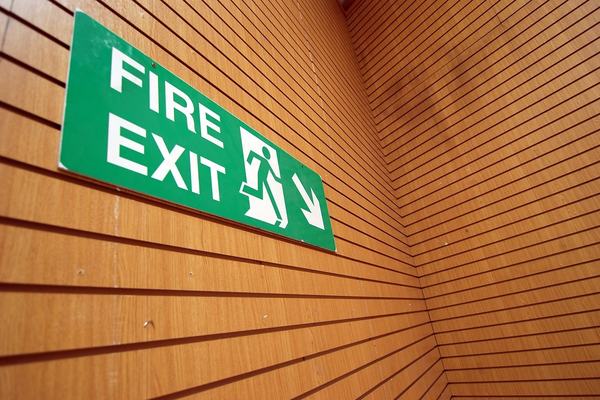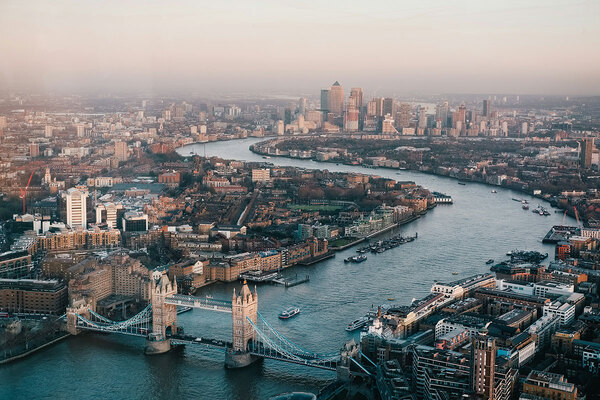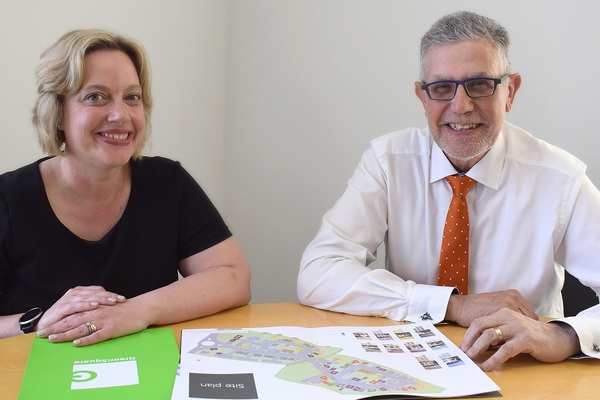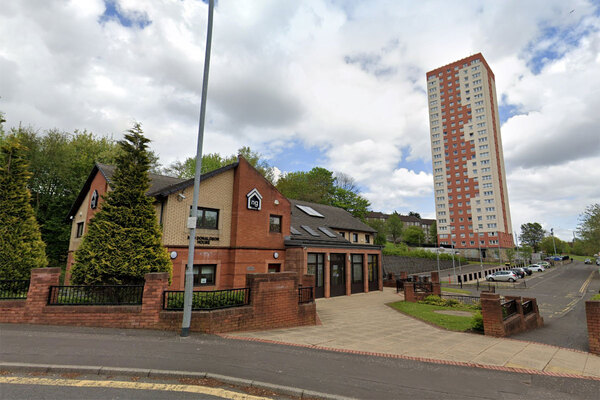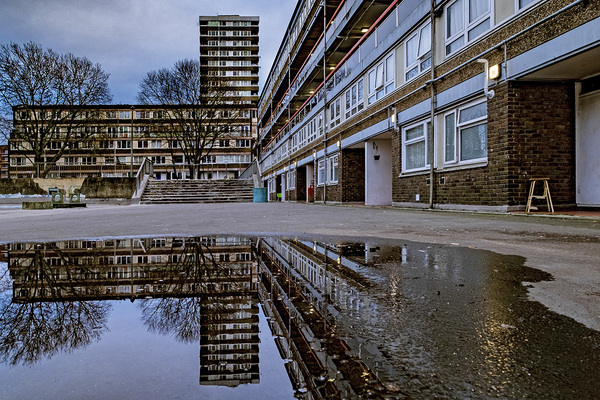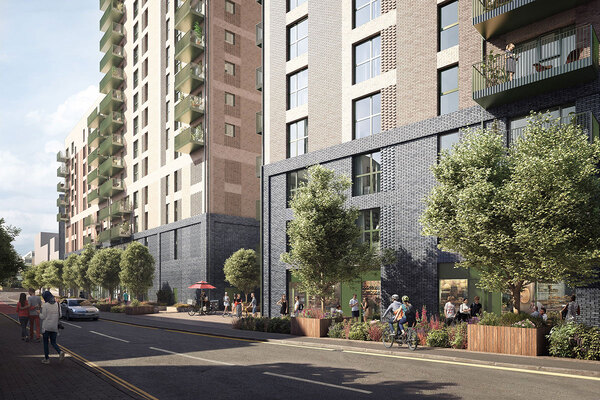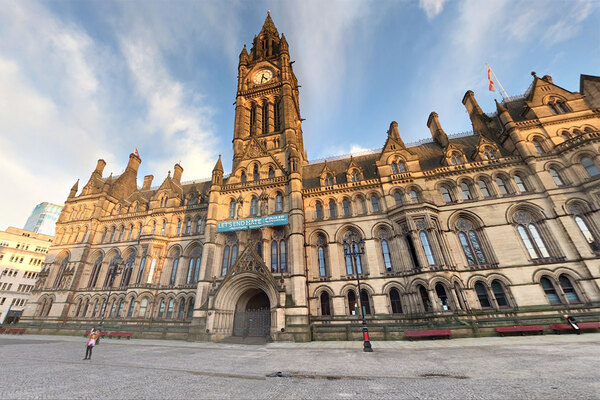You are viewing 1 of your 1 free articles
Dangerous cladding yet to be removed from two-thirds of blocks
Social landlords have started removing dangerous cladding from just a third of high rises identified to have issues, with only one in six fully removed.
The figures were revealed in a data release on the national Building Safety Programme, made available yesterday by the Department for Communities and Local Government (DCLG).
It said 162 social housing blocks taller than 18 metres had been confirmed as having aluminium composite material (ACM) cladding that is unlikely to meet building regulations.
But of these, landlords had started to remove cladding on only 57 – around a third – with 26 completely stripped. The figures are accurate to 10 November.
And work to install replacement cladding has started on only nine buildings, with the process completed on just one.
In an interim report on her review of building regulations published yesterday, Dame Judith Hackitt urged building owners “not to wait” for guidance on replacement materials before getting to work removing dangerous cladding.
Figures for private sector blocks were not published.
A total of 296 high-rise residential or public buildings have been identified as having ACM cladding so far, with 284 of these using systems which pose a fire threat.
Combustible ACM was used on 45 council-owned social housing high rises and 117 housing association blocks.
Private residential buildings account for 78 cases, with another 30 incidents of private student housing with potentially dangerous ACM.
The remaining 14 are public buildings such as hospitals and schools.
At the latest count, 63 local authority areas have at least one building with ACM cladding that would likely fail existing building regulations.
Brent, Tower Hamlets, Westminster, Manchester and Salford all have 11 or more such buildings.
The DCLG will now publish updates on remedial cladding works monthly.
